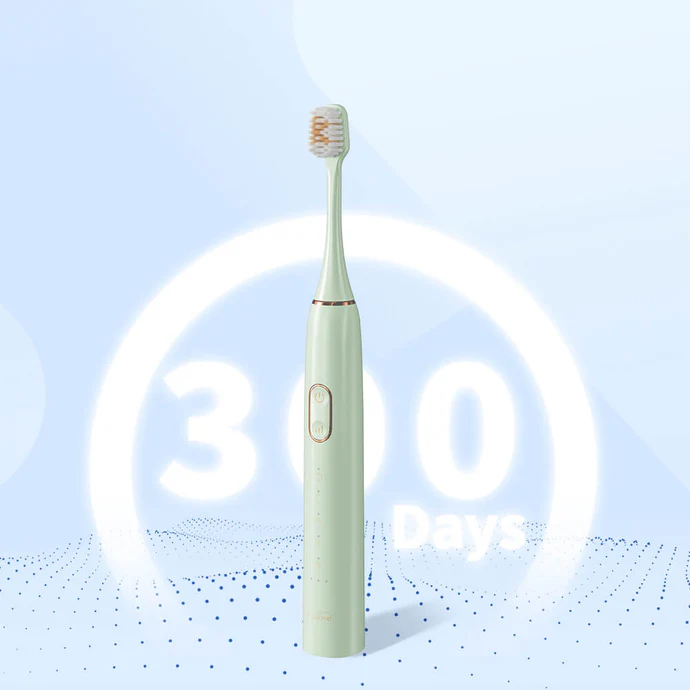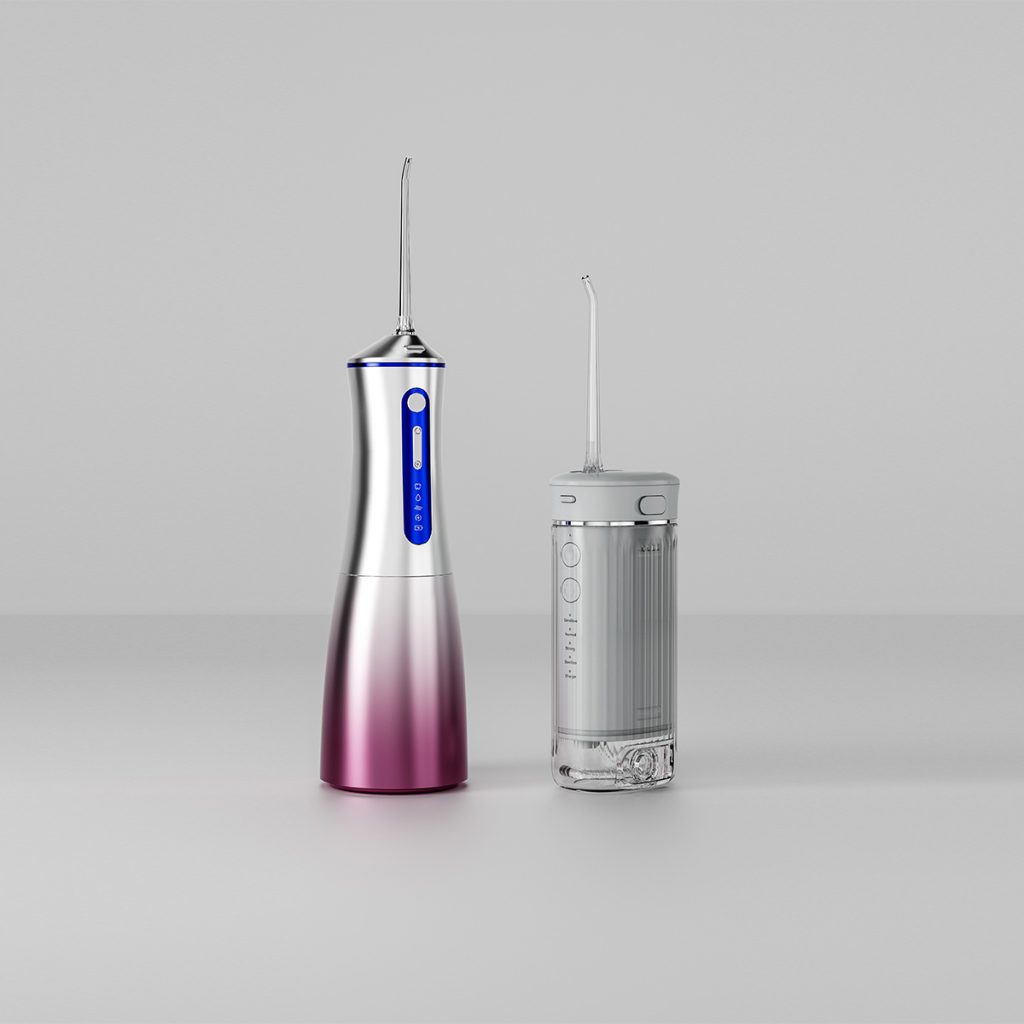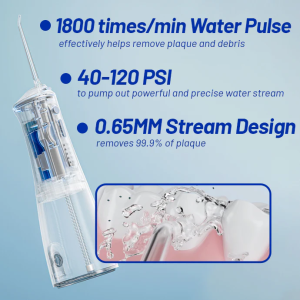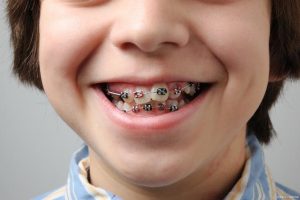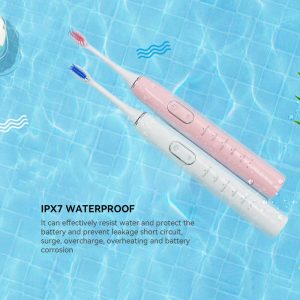In the field of dental care and oral hygiene, product performance and safety are of paramount importance. Recent concerns have emerged regarding how Device Discoloration in dental tools or oral care devices could potentially be linked to Gum Recession Triggers. Discoloration, often overlooked, may be an early indicator of material degradation, which can cause harmful effects to users’ gums and overall oral health. This blog explores the potential connection between these two phenomena, highlights the underlying causes, and provides recommendations for manufacturers to mitigate the risks associated with product degradation.
Understanding the Impact of Device Discoloration
Device Discoloration often signals the degradation of the materials used in the product, which can affect both its functionality and safety. In many oral care devices, such as toothbrushes or teeth-whitening tools, discoloration may occur due to prolonged exposure to moisture, cleaning agents, or wear and tear. While discoloration alone may not always suggest a malfunction, it can be an early sign of weakened materials that could potentially lead to gum irritation or, in more severe cases, Gum Recession Triggers.
As materials break down, they may become more abrasive or prone to releasing chemicals that could irritate sensitive gum tissue, leading to inflammation or even recession. Understanding how and why discoloration occurs can help manufacturers proactively prevent these issues.
The Link Between Material Degradation and Gum Health
Gum Recession Triggers can be caused by multiple factors, and material degradation from Device Discoloration is one of them. When oral care devices, such as toothbrush bristles or whitening trays, discolor, it often indicates that the materials are no longer in their optimal state. This breakdown can result in:
- Increased Abrasiveness: Discolored bristles or trays may become rougher over time, which can irritate or damage the gums during use.
- Chemical Release: Certain chemicals, such as those used in whitening agents or plastics in dental tools, may leak as the material degrades, causing a chemical reaction that leads to irritation or allergic reactions.
- Poor Fit or Pressure Distribution: Degraded materials may no longer fit properly or exert pressure uniformly, leading to uneven brushing or pressure on the gums, which can promote recession.
Thus, Device Discoloration may not only affect the aesthetics of a product but could signal underlying issues that affect user health.
Identifying Early Warning Signs of Device Degradation
Recognizing the early signs of Device Discoloration is crucial for identifying potential risks to gum health. Key indicators of degradation include:
- Visible Changes in Color: A shift in color may indicate that the material has been compromised, whether from environmental factors, prolonged use, or chemical exposure.
- Brittleness or Fragility: Discolored parts may become brittle, which increases the risk of sharp edges or jagged surfaces that could injure the gums.
- Changes in Texture: If the device becomes rougher or more abrasive over time, it may cause irritation to the gums, increasing the risk of recession.
- Unusual Odors or Chemical Smells: When materials degrade, they may release odors or chemicals that could potentially harm the sensitive gum tissue.
For manufacturers, addressing these early signs through material quality control and improved product testing is essential for reducing the risk of negative effects on users.
Mitigating Risks Through Material Selection and Design Improvements
Manufacturers can take several steps to minimize the risk of Gum Recession Triggers related to Device Discoloration:
- Investing in Higher-Quality Materials: Choose high-quality, durable materials that are resistant to discoloration and degradation, such as UV-resistant plastics or antimicrobial compounds.
- Improving Product Design: Ensure that designs are made to reduce friction or pressure on the gums. Contoured, flexible materials that provide even pressure distribution will help prevent gum irritation or recession.
- Introducing Protective Coatings: Coatings that are resistant to staining or degradation can significantly reduce the impact of exposure to moisture and chemicals.
- Conducting Rigorous Testing: Implement advanced testing protocols that simulate long-term use under various environmental conditions to evaluate material performance and predict potential degradation.
By prioritizing these solutions, manufacturers can improve product longevity, safety, and user experience.
Educating Consumers on Proper Use and Maintenance
In addition to product improvements, educating consumers on the proper use and care of their oral care devices is vital. Many instances of Gum Recession Triggers are the result of improper usage or neglect. Key education points include:
- Regular Cleaning: Advise users to clean devices regularly to prevent the buildup of plaque or harmful chemicals that could contribute to material degradation.
- Proper Storage: Educate consumers on how to store devices in a dry, cool environment to avoid moisture-related degradation.
- Replacing Worn Parts: Encourage timely replacement of parts, such as toothbrush heads or whitening tray liners, when signs of discoloration or wear become evident.
- Monitoring for Sensitivity: Remind users to monitor their gums for signs of irritation or recession, advising them to discontinue use if discomfort occurs.
This proactive approach helps reduce the risk of Gum Recession Triggers and extends the lifespan of the product.
Looking Toward the Future: Innovations in Material Science
As the oral care industry continues to innovate, the development of advanced materials that are more resilient to Device Discoloration and better for gum health is essential. Emerging technologies include:
- Smart Materials: Materials that adjust their properties based on environmental conditions, such as temperature or moisture levels, could prevent degradation and protect user health.
- Self-Cleaning Surfaces: Surfaces that resist staining or the buildup of harmful substances could reduce the need for frequent cleaning and prolong the device’s effectiveness.
- Bio-Compatible and Non-Toxic Materials: The continued focus on developing non-toxic, bio-friendly materials will contribute to safer products that do not trigger adverse reactions in sensitive users.
As the industry embraces these innovations, manufacturers will be better equipped to create products that enhance both user safety and experience.
Conclusion
The connection between Device Discoloration and Gum Recession Triggers is a critical issue that manufacturers must address to ensure the safety and satisfaction of their customers. By understanding the causes of material degradation, investing in better materials, and educating users on proper maintenance, companies can mitigate risks and provide long-lasting, effective products. In a market where both functionality and safety are essential, taking a proactive approach to product quality is the key to long-term success.
Interested in learning more about improving material durability and preventing gum health risks in your products? Contact us today to explore advanced solutions and ensure your products meet the highest standards of safety and performance.
